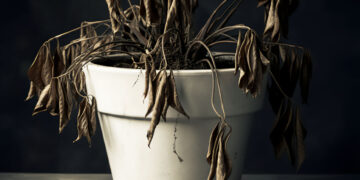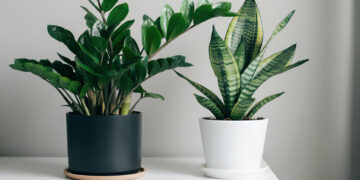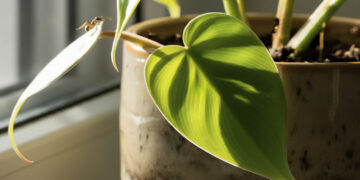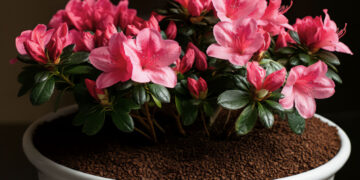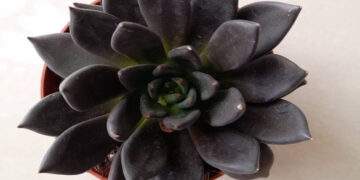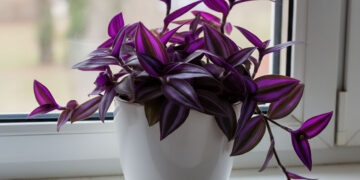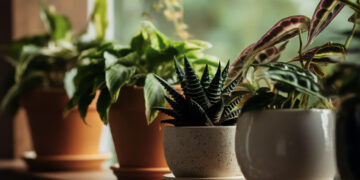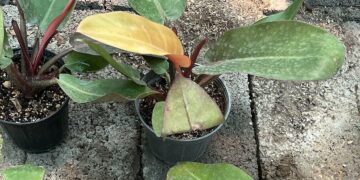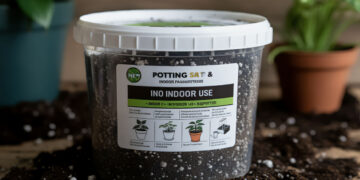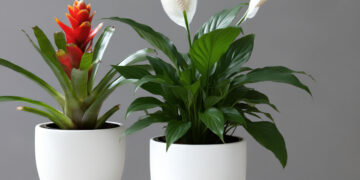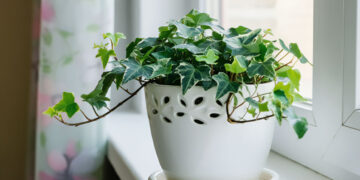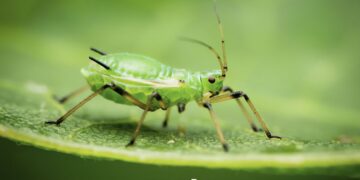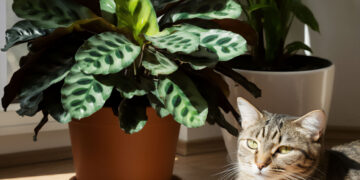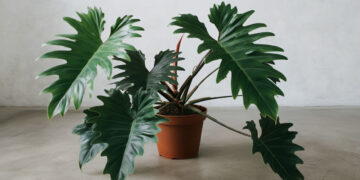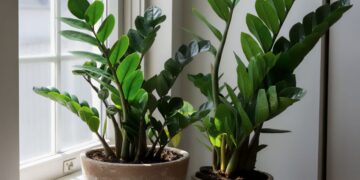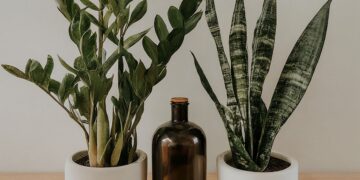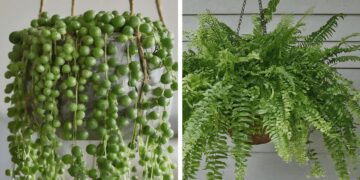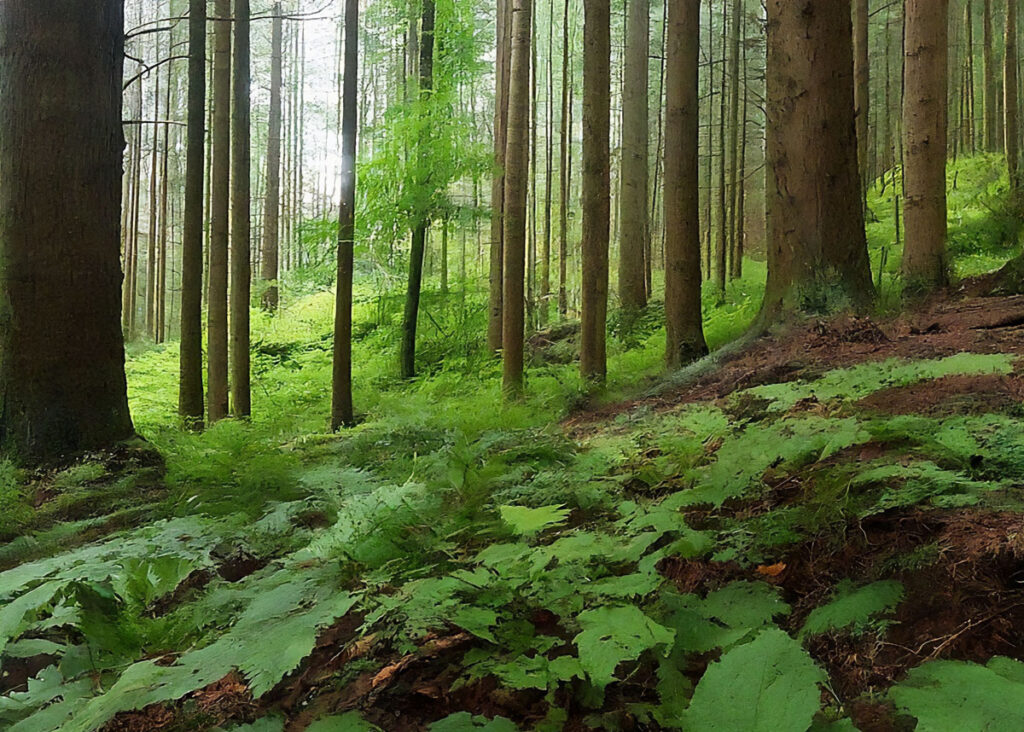
You might be interested in knowing the secrets of the beginning of houseplant life that you keep in your living room. Let’s discover where to find houseplants in the wild together.
From Forest to Living Room
The journey of houseplants started in nature. Man is always trying to tame wild nature. One of the things that can be said to be successful in unlocking its wild spirit is plants.
It all started when 17th-century explorers decided to collect exotic plants from around the world and display them in greenhouses.
In old times, ancient Egyptians, Romans, and Greeks kept plants in their homes to show their status and wealth because ordinary people could not maintain plants. However, with the advancement of science and technology, we know that everything will not return to beauty and decoration. Theseare best houseplants for health and also help us in the medicinal and food fields.
Typical climates and Locations of wild houseplants
It is not too far from the mind to say that the Amazon rainforest, Southeast Asia, and parts of Africa have always been the birthplace of beautiful plants. Rainy tropical, subtropical, and dry desert climates provide suitable conditions for the growth of plants. To have a houseplant, you should know these areas to read almost the same conditions at home.
Moreover, It is essential to pay attention to the type of plant. For example, houseplants such as the Monstera, Philodendron, and ZZ Plant usually originate from green and humid environments, and succulents such as the Snake Plant and Aloe Vera are primarily found in dry and rocky areas.
Identification of the wild Houseplants
If you are looking for a unique plant in its natural habitat, Keep your eyes peeled for its appearance. For example, what is the shape of the leaf? How big is it? Check its color and growth patterns. Then, focus on where each plant grows. It would help to look for ferns in shady and humid areas, not in sunny, dry regions. The type of soil can guide you. Finally, you can be sure of your diagnosis by consulting local botanists.
The benefits of wild houseplants for the environment
Houseplants are vital to save the ecosystem because
Increase biodiversity
With the increase of plant species, habitats and food sources are provided for different animals and insects.
Soil stabilization
Houseplants improve the stability of weak soils and prevent soil erosion with their root systems.
Air purification
Houseplants absorb carbon dioxide and release oxygen, cleaning the air by participating in the CO2 cycle.
Supporting the nutrient cycle
Wild houseplants provide energy and nutrients in forest ecosystems through leaf litter and soil breakdown.
The rules of the environment
You should not overcollect rare and endangered plants. Doing so risks the health of the ecosystem and reduces the plant population. Instead of uprooting, propagate plants with standard methods.
Remember, there are rules and restrictions in different countries and states. Respecting these regulations and not removing plants from public lands, national parks, and protected areas is crucial. Let’s be responsible and considerate collectors by understanding and following the rules of each region.
What do we need to collect houseplants in the wild?
Essential tools include:
-A field guide or plant identification app is handy to know the desired plant in nature.
-Pruning shears, a trowel, and gloves must be sterilized so the houseplant diseases do not spread in the plant.
-When transporting plants or cuttings, use small pots or plastic bags.
-If you want the roots to keep moist, I suggest using damp paper towels.
-The plant needs regular watering, so have water for hydration.
-As the saying goes, accidents will happen. Always carry a first aid kit for emergencies.
-Put on clothes and shoes suitable for working in the field.
Steps to collect plants in the wild
-First, gently dig around the plant without damaging the roots.
-Not every soil is suitable. So, please put it in a container with soil similar to the habitat.
-Remember that the plant’s roots must remain moist during the transfer from the habitat to your home.
-Adapt the plant to the conditions of the house over time because a sudden change shocks it.
-Take the necessary houseplant care; for example, choose a houseplant pot with drainage holes and buy the best soil mix. Check water, light, humidity, and stress symptoms regularly.
Wild houseplant incompatibility symptoms
Naturally, the plant cannot Feel free to make itself at home. Some plants require special conditions that make maintaining and replicating them indoors difficult.
For example, the plant may wither, leaves on houseplants turn yellow, and stop growing. Even I saw that sometimes, due to stress, they suffer from drooping and falling leaves and are exposed to pests houseplants and fungal infections.
Well, there is this good news: the sooner you become aware of these symptoms, the better the chance of plant recovery. So be careful; the plant needs more attention than usual.
Proven techniques for the propagation of wild houseplants
Environmentalists believe the best way to propagate wild houseplants is to use healthy cuttings, seeds, or divisions.
Cuttings
Clean your tools and choose a healthy, disease-free stem. Apply rooting hormone to the end of the cut and plant it in a suitable place.
Seeds
Collect the mature seeds and do what the specific germination instructions tell you step by step.
Divisions
Choose a well-grown and established plant with roots, branches, and leaves.
Tip: Preparing essential factors such as water, light, humidity, and temperature can help the health of the houseplant.
Problems in collecting wild houseplants
Everything has its difficulties. We may face problems here, too, so it is better to be aware of them.
Most importantly, it is challenging to recognize wild houseplants from non-houseplant species. You need to have enough information in this field and prepare yourself physically for searching in fields with harsh weather conditions.
The next issue is that the collection must be legal and ethical, and you must have a license.
Another thing that usually worries you is the problem of plant transportation. If the plant gets damaged, all your efforts will be wasted.
If you went through all the steps and the plant arrived home safely, now is the time to accustom the wild plants to indoor environments.
Finding a balance between natural habitats and homes
Sometimes, we forget that to provide the same conditions as where the plant lives at home; we need to know those conditions first. For example, how much light does the plant need? In what soil does it grow well? How often does it need to be watered? What is the temperature and humidity of its living place?
Grow lights can imitate the habitat’s light, and a humidifier or a watering pebble tray can achieve the desired humidity. A soil mixture replicating the plant’s natural substrate can also be used.
Conservation Efforts
The environment is always at risk of climate changes, such as temperature changes, precipitation patterns, and humidity. At any moment, plant species may be in danger of extinction, so we should observe the necessary things to prevent the loss of essential habitats for special species.
I always buy my houseplants from reputable nurseries (Most of them are my friends, of course). If you want to collect the plants yourself, it is better to participate in local conservation projects and restoration activities. Do not propagate endangered and rare houseplants; follow legal and ethical methods, and share your experiences with others.
Golden tips about some wild houseplants
Ferns
Ferns are ancient and common houseplants that date back to the age of dinosaurs. They can be found in various environments. Mist the leaves and put them in indirect light.
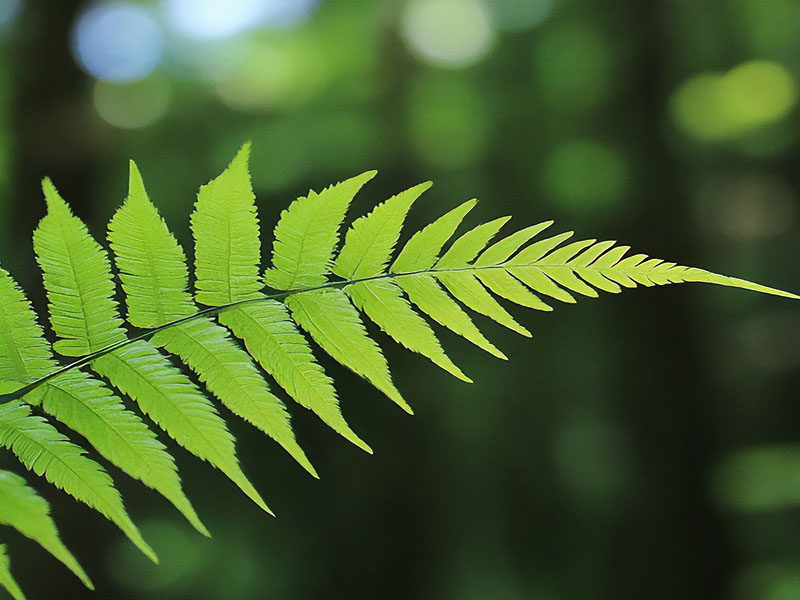
ZZ Plant
ZZ Plants, with glossy dark green leaves, are native to East Africa. I suggested keeping them to people who don’t have any experience because they are low-light houseplants that fight against lack of water and need well-drained soil to grow.
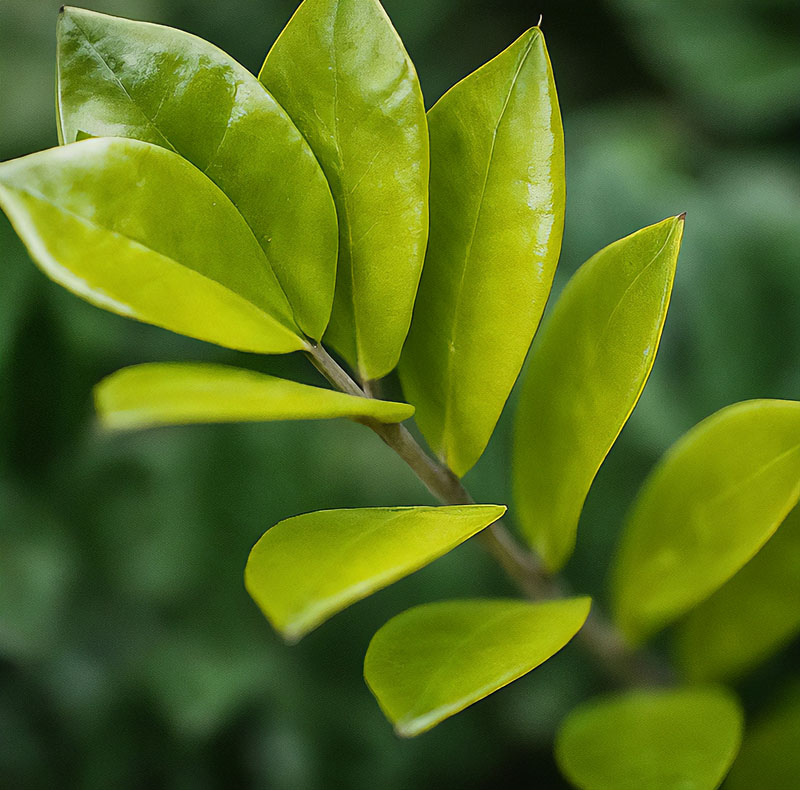
Philodendron
Philodendrons are found in tropical forests in the Americas and the West Indies. They quickly adapt to indoor environments and love medium light and high humidity. So, they regularly sprinkle water on their foliage to make them look fresh, lush, and shiny.
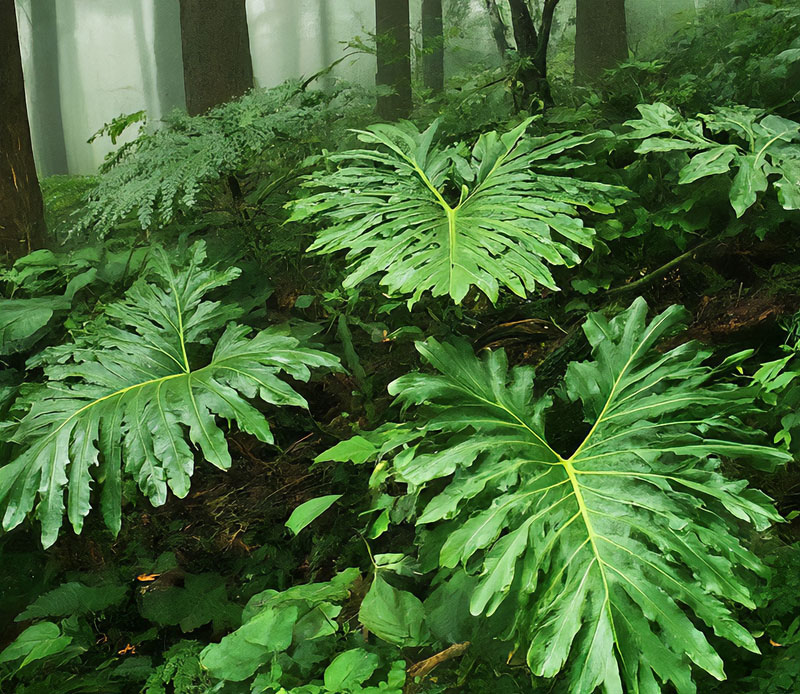
Pothos
Pothos originate from India, China, Japan, Australia, and Indonesia and are usually attached to trees with aerial roots. They prefer partial shade and well-drained soil. Do not water until the soil is dry.
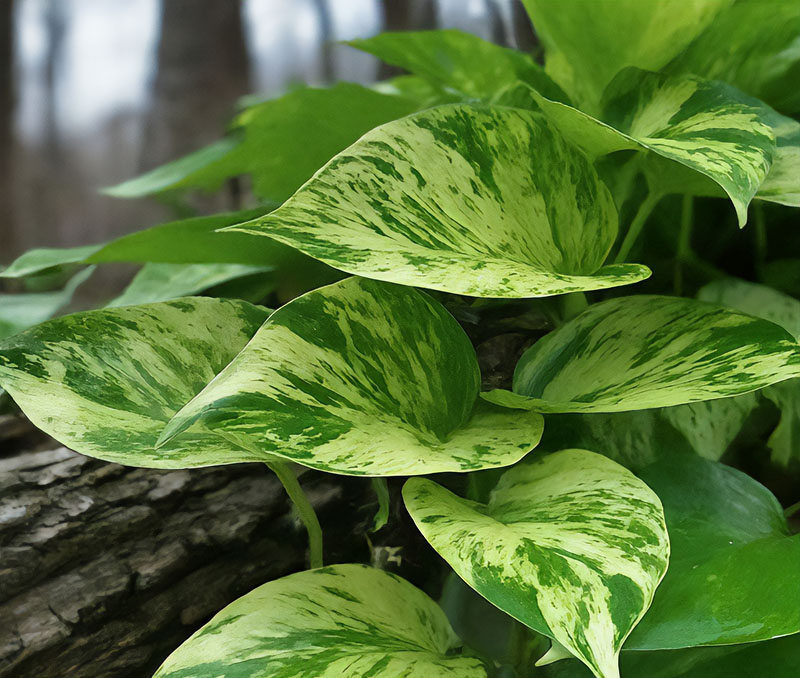
Orchid
Although orchids seem problematic, they are excellent houseplants. In rainforests, they usually stick to tree bark and roots. If they are in loosely packed medium like bark chips or stones, they will never have a problem supplying oxygen to the roots.
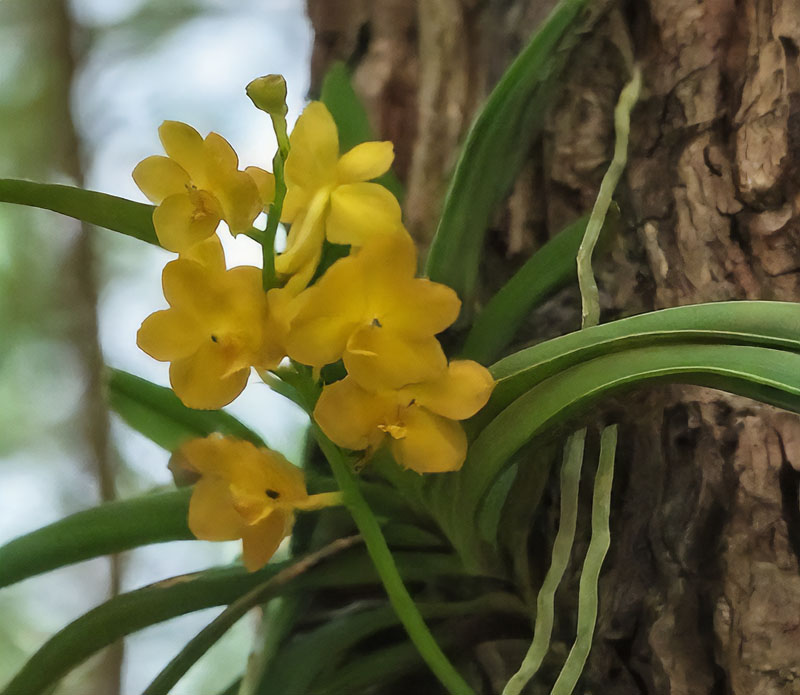
Begonia
Bologna’s origins return to Asia, South Africa, and the Americas. It is enough to be in indirect light and high humidity, misted in winter.
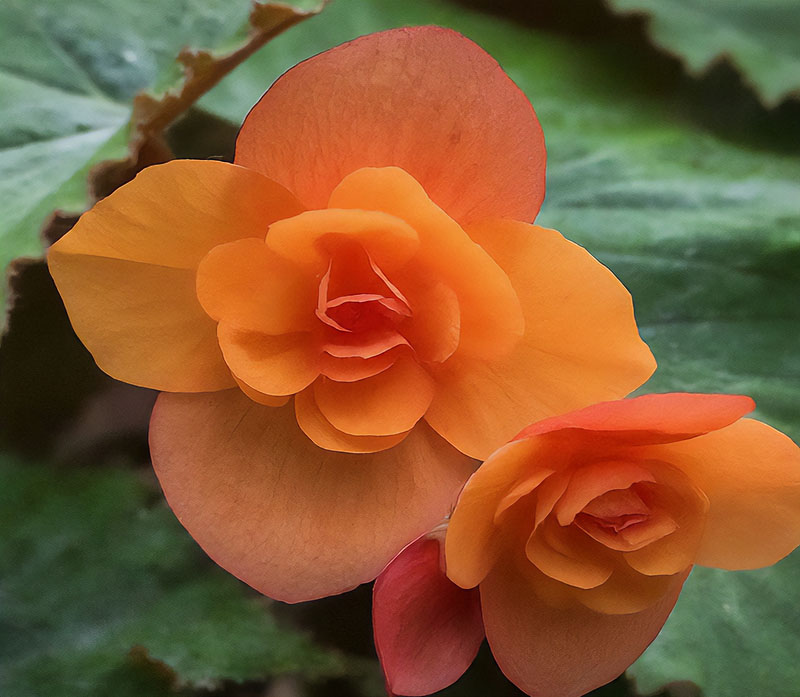
Snake Plant
The snake plant, which has grown in West and South Africa, Florida, and Hawaii, is a modern houseplant (The species Sansevieria Cylindrica, of course) that makes any home beautiful with its architectural, sword-shaped leaves and architecture. It is easy to grow and hard to houseplant in drought and low light.
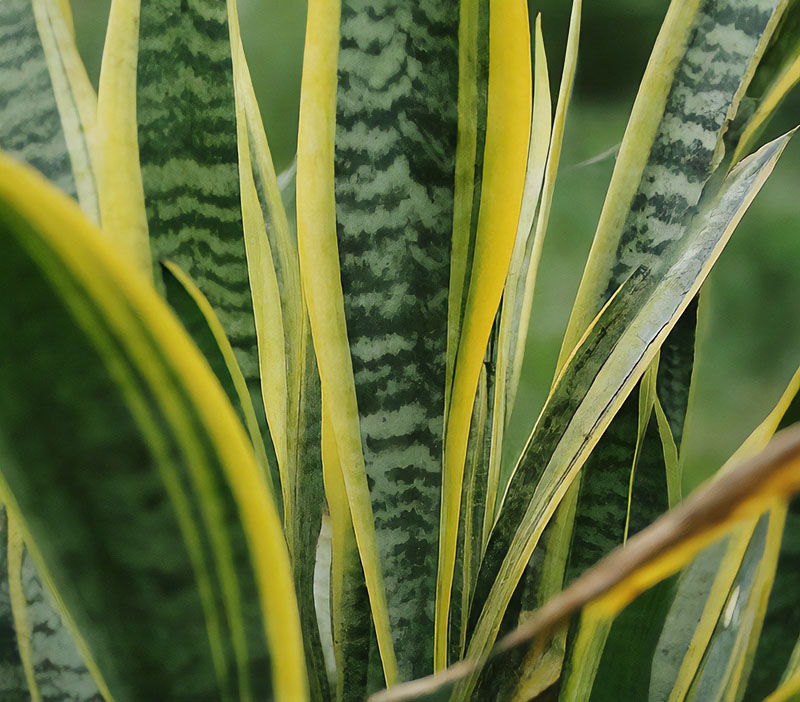
Kalanchoe
You can easily keep succulent flowers from Africa, Southeast Asia, and China at home. They need a little watering, so make the sunny window of your house attractive with bright blooms.
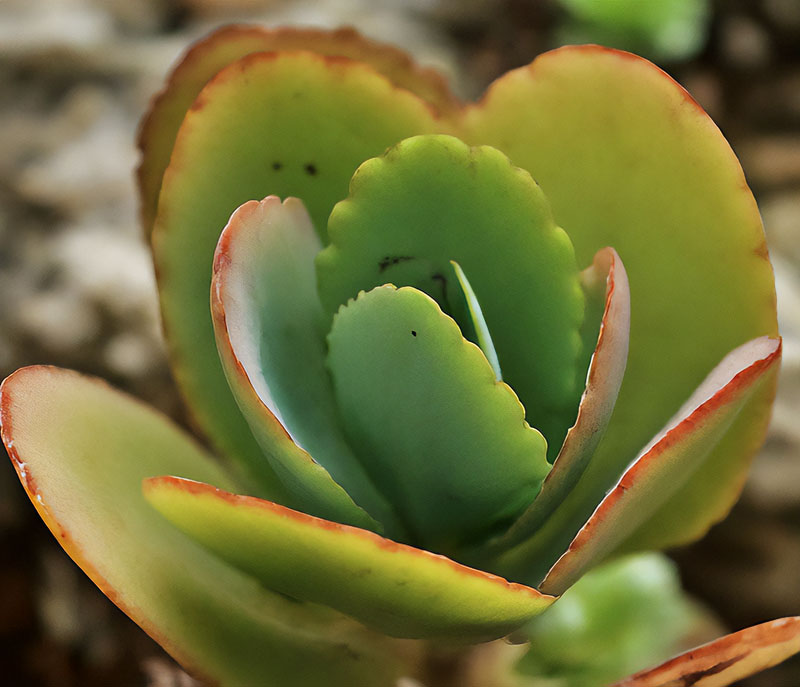
Bromeliad
At first, they were only found in Central and South America, but in the 1700s, the Irish brought them to Europe. They are colorful houseplants and are easy to care for. Just remember bright indirect light and high humidity.
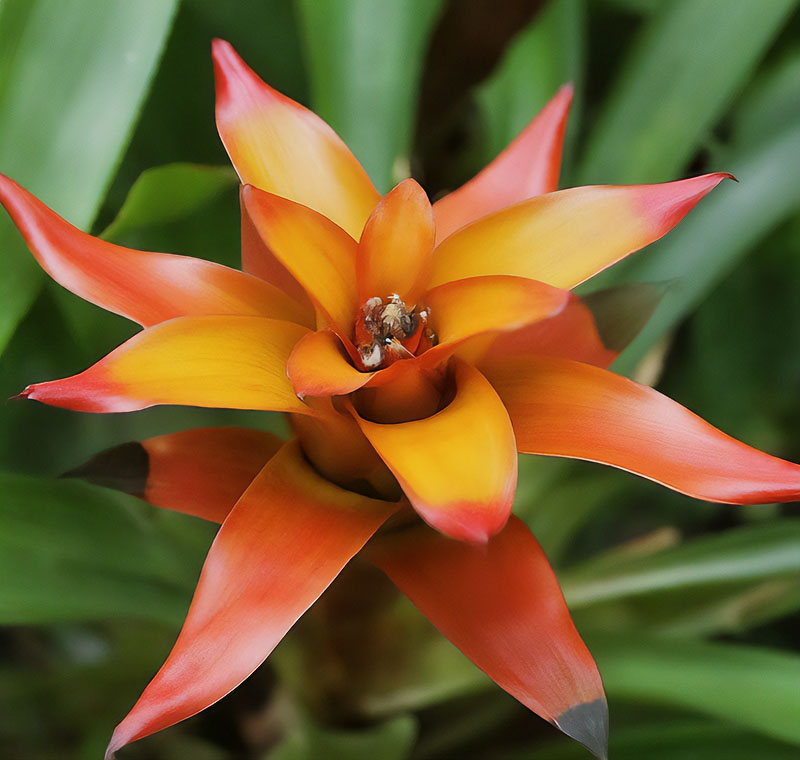
Poinsettia
This houseplant, which originates from southern Mexico, besides its beauty, has therapeutic benefits and is also used for dyeing by the Aztecs. Please put it in a sunny window and water it thoroughly when the soil is dry.
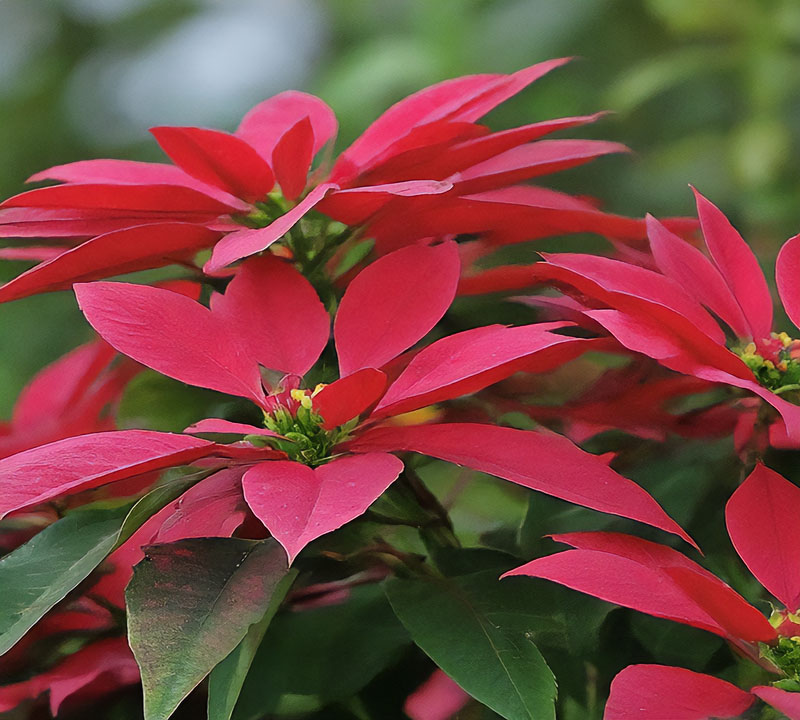
Monstera
This houseplant is native to the tropical rainforests of southern Mexico and South America. It reaches a height of 70 feet and can reach 10 feet in the house with bright and indirect light.
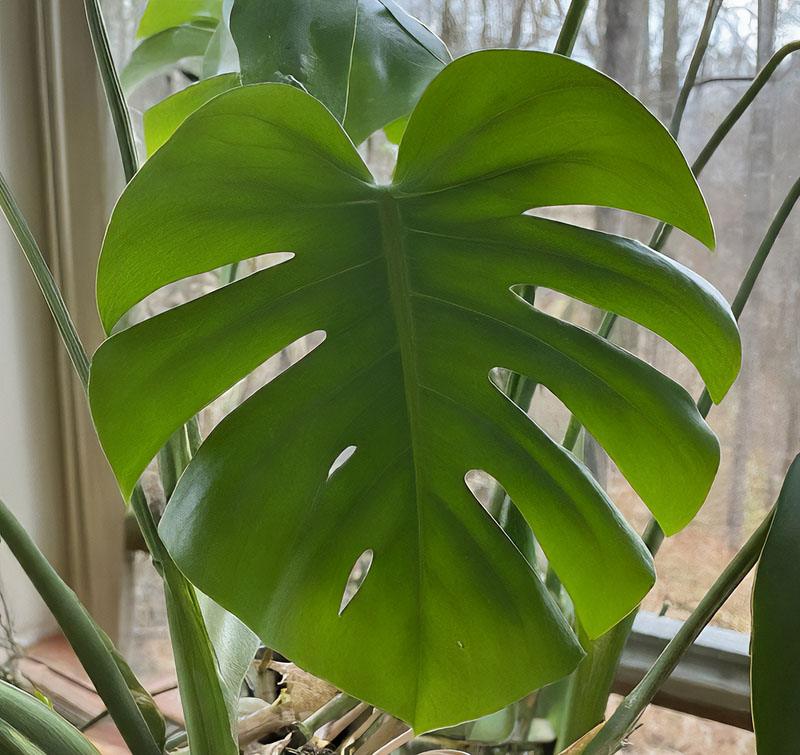
Peace Lily
Peace lily is a beautiful flower plant that is best for purifying the air and improves indoor air quality. It grows naturally in tropical rainforests in the Americas and Southeast Asia. At home, remember low to medium light and constantly moist soil.
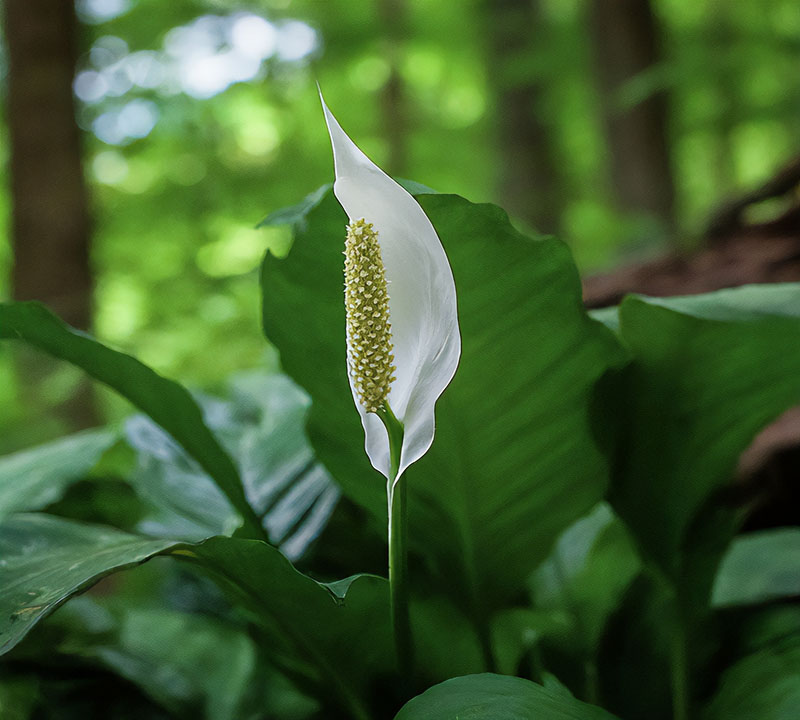
Spider Plant
They are native to South Africa, clean the air, adapt well to indoor conditions, propagate quickly, and are easy-to-care-for houseplants. Soil with high drainage, bright indirect light, and regular houseplant watering are helpful for better growth.
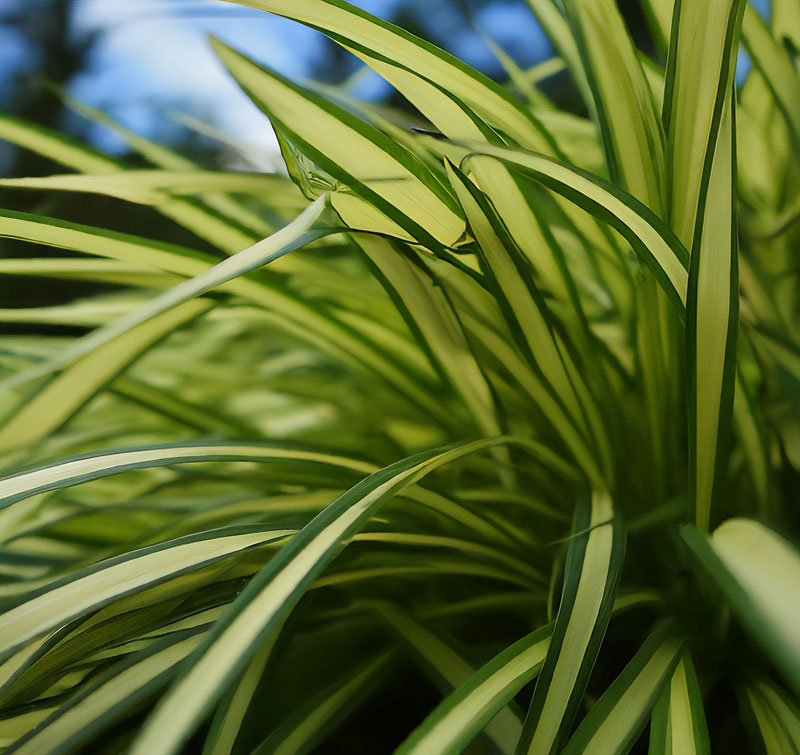
I hope you find this article useful, and of course, if you have any questions, feel free to ask them in the comments.
source:
https://extensiongardener.ces.ncsu.edu/extension-gardener-plant-toolbox/identify-a-plant
